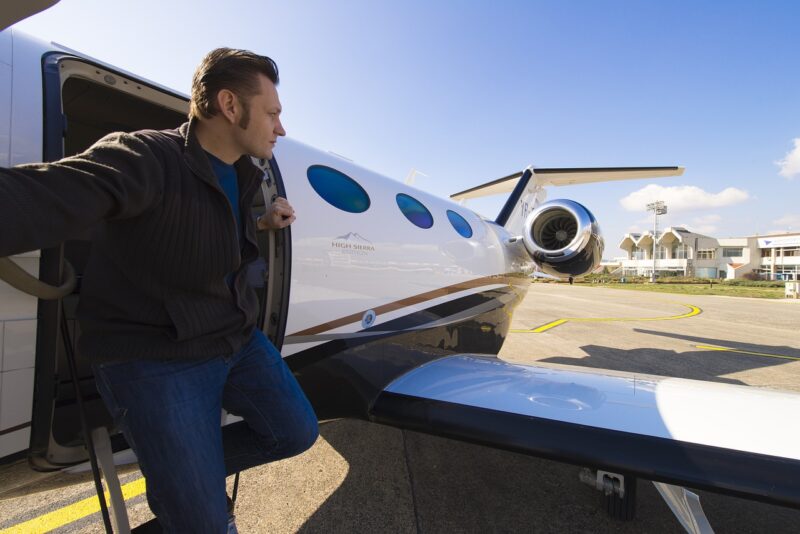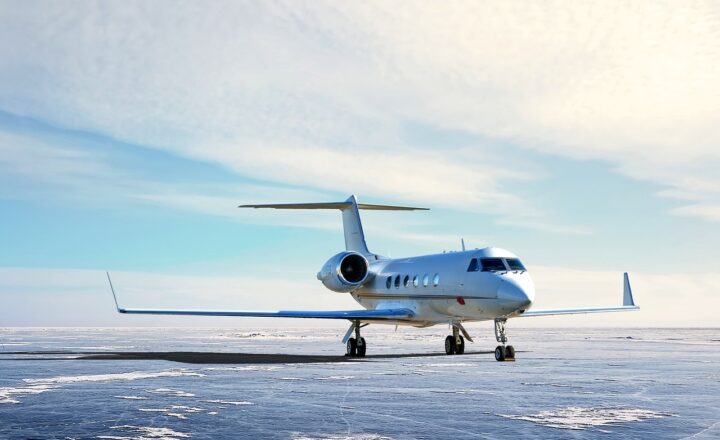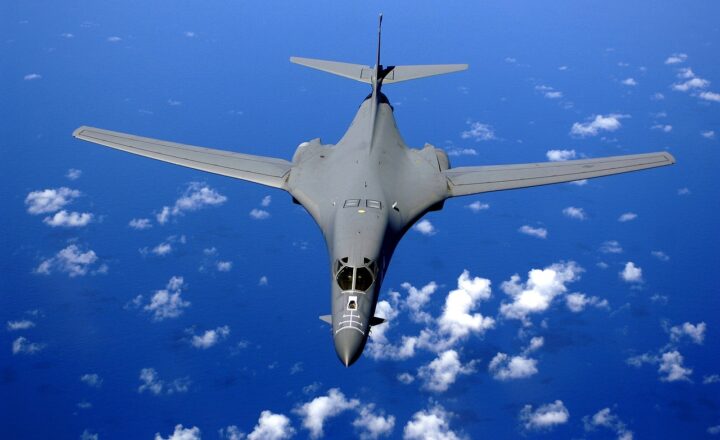
Building a custom private jet is not just about assembling aircraft components; it’s an intricate symphony of engineering, design, choice, and personalization. For the ultra-rich, who often view private jets as more than mere modes of transportation, the bespoke creation of their aircraft becomes a unique expression of their lifestyle, values, and desires. In this article, we will take a deep dive into the elaborate process involved in manufacturing these luxurious flying machines.
1. Understanding the Luxury Aviation Market
The market for private jets continues to expand, fueled by a generation of affluent individuals looking for speed, privacy, and customization options. The global private jet market is projected to grow significantly, with increasing demands for on-demand travel and the desire for unique experiences. With this rise, bespoke services have become vital, creating a niche that caters exclusively to the elite, demanding not just performance but an extension of luxury.
What makes private jet ownership appealing?
– Time Efficiency: Private jets allow owners to avoid the long security lines and delays commonly associated with commercial air travel.
– Flexibility: Private jets offer unparalleled flexibility in travel schedules and destinations. Owners can land in places that commercial airlines do not service, accessing smaller, more exclusive airports.
– Personalization: Each jet can be tailor-made to fit an owner’s specific preferences, with design options that reflect personal taste and lifestyle.
With these demands in mind, aircraft manufacturers focus on delivering personalized experiences from the very outset.
2. The Initial Consultation and Design Process
The process of building a custom private jet begins with an extensive consultation. Initial meetings often involve the client, a dedicated aircraft management company, and a design team from the aircraft manufacturer. Here, every aspect of the jet is discussed in detail, including its purpose, relevant features, and stylistic choices.
During this phase:
– Understanding the Client’s Vision: The design team works to comprehend the owner’s lifestyle and preferences. This can involve factors like travel frequency and preferred destinations.
– Aesthetic Choices: Clients provide insights on color schemes, materials, and interior layouts, often looking to maximize comfort and luxury. Options may include exotic woods, fine leathers, state-of-the-art technology, and elaborate lighting systems.
– Flight Specifications: The team discusses performance specifications, such as range and speed, to ensure that the aircraft meets the owner’s travel needs.
Once the design team has a clear understanding of the client’s desires, they create a series of initial renderings and layout options using advanced design software. This preliminary design is often revised multiple times before the final concepts are approved.
3. Engineering and Manufacturing the Jet
After finalizing the design, the next major step is engineering. This aspect involves a team of engineers who specialize in aeronautics and materials science. They ensure that the aircraft meets safety and regulatory requirements while also embodying the luxurious features requested by the client.
– Aerodynamics and Performance: Engineers analyze the jet’s design using sophisticated simulations to ensure optimal performance and safety. Data regarding weight distribution, material density, and aerodynamics are meticulously considered.
– Custom Manufacturing: Components are often custom-made. For example, unique wing designs or specific engine modifications may be created to meet the owner’s preferences.
– Quality Control: All parts undergo stringent quality checks to ensure they conform to safety standards set by aviation authorities like the FAA (Federal Aviation Administration) and EASA (European Union Aviation Safety Agency).
With engineering complete, the construction of the aircraft begins. This typically takes place in a state-of-the-art facility, where skilled craftspeople harness the latest technologies to assemble each plane.
4. Interior Customization: The Heart of Personalization
One of the most thrilling aspects of creating a private jet is the interior customization. This space is where the owner will spend most of their time. Bespoke features may include:
– Luxury Seating: Comfortable and adjustable seating arrangements are designed to optimize relaxation and productivity.
– Entertainment Systems: The latest in-flight entertainment technology is installed, with options for streaming, gaming, or conferencing.
– Gourmet Kitchens: High-end kitchens equipped for catering, including microwaves, ovens, and fine dining settings, can be designed.
– Personal Sleeping Quarters: Many jets include master suites with luxurious bedding, bathrooms, and even showers.
Every detail is selected with care, from handcrafted wood finishes to custom art pieces that reflect the owner’s personality, transforming a mere mode of transport into a personalized sanctuary in the sky.
5. Testing and Certification
Before the jet is delivered to the owner, stringent testing procedures must be performed. These tests assess all systems to ensure safety and performance meet required standards. Components like landing gear, navigation systems, and cabin safety features undergo rigorous evaluations.
Next, the aircraft must pass final certification by the relevant aviation authorities before it can be flown commercially or privately. This certification process can be time-consuming, as additional checks might be required based on the customizations made.
6. Delivery and Aftercare Services
Upon successful certification, the final aspect is the delivery process, often an enticing event complete with a ceremonial handover. The client gets to enjoy their new private jet in a spectacular event, sometimes with a luxury dining experience on-site.
However, the relationship does not end here. Post-delivery services may include maintenance and operational support:
– Crew Training: Owners typically require a trained professional flight crew, making training for pilots and cabin crew a crucial service.
– Maintenance Support: Maintenance packages ensure safety and performance long after purchase.
– Customization Updates: Many manufacturers offer options for further customization or upgrades throughout the aircraft’s lifespan.
Ultimately, the joy of owning a custom private jet extends beyond the thrill of flight; it’s an ongoing commitment to a luxurious lifestyle.
Conclusion
Building a custom private jet for the ultra-rich is about much more than just creating a mode of transport. It’s an intricate process that combines extensive consultation, tailored design, engineering brilliance, and ongoing partnership. Ultimately, each jet becomes a unique testament to the owner’s individuality, ambitions, and penchant for luxury. As the market continues to grow, the demand for such personalized services only strengthens, enriching the lives of those who can afford to soar above the ordinary.
Thus, the world of private jet manufacturing remains a fascinating realm, where artistry and engineering meet, offering unparalleled experiences for the affluent few.







